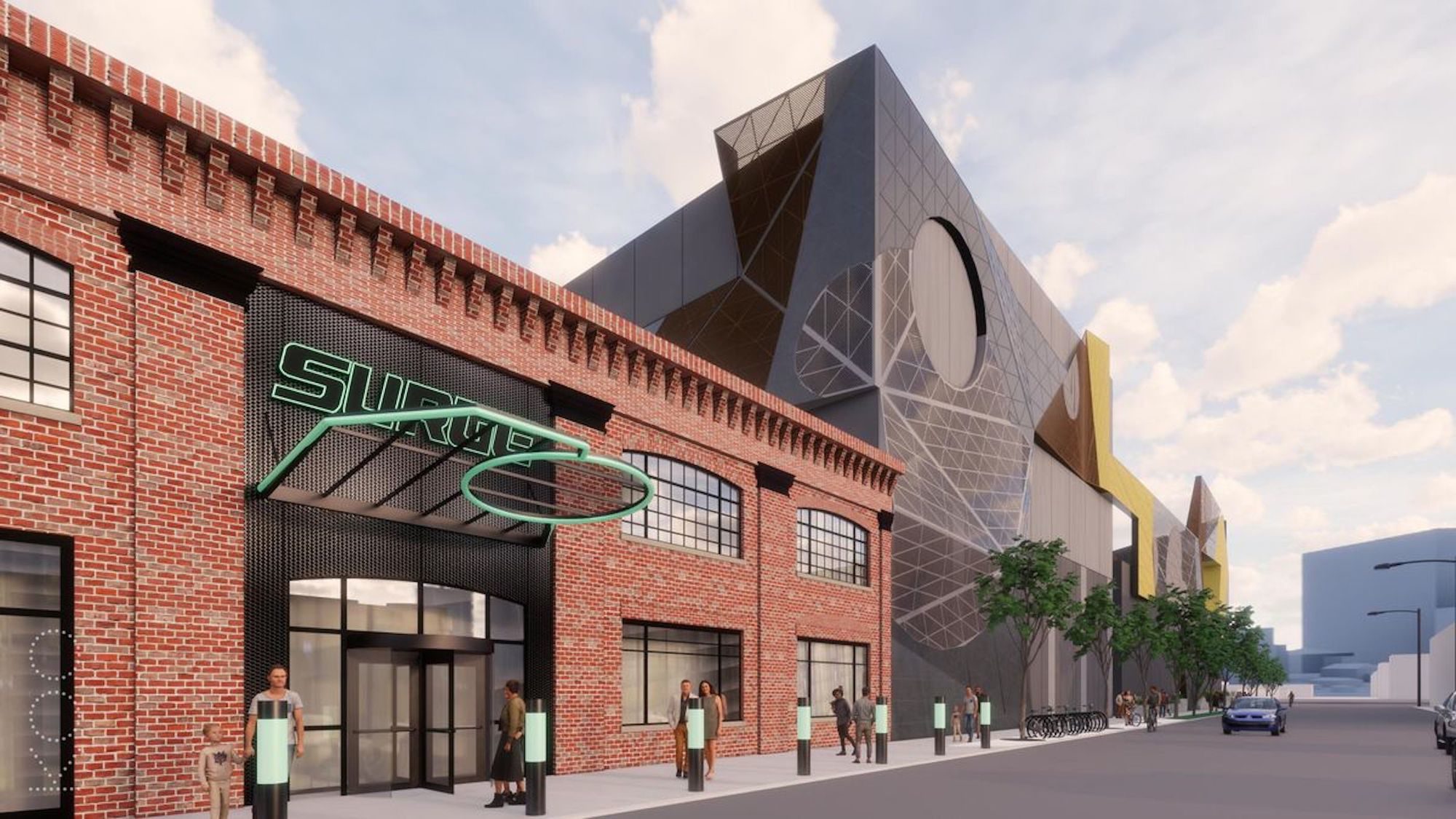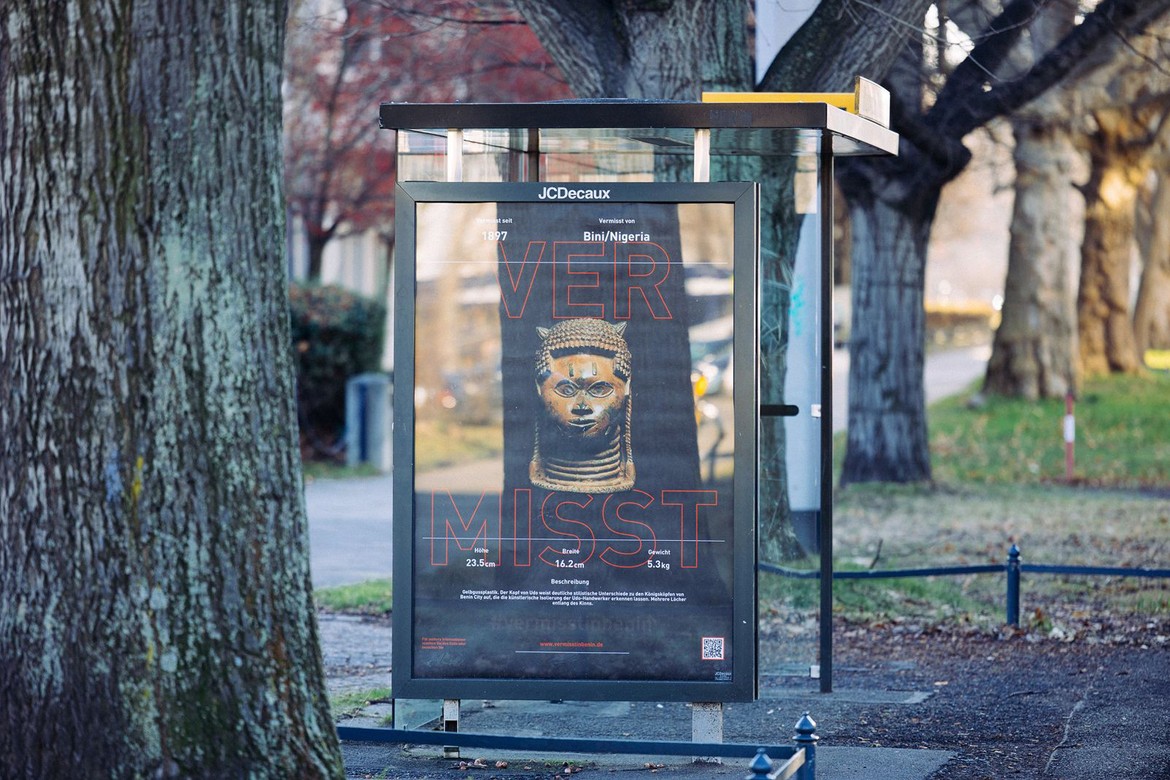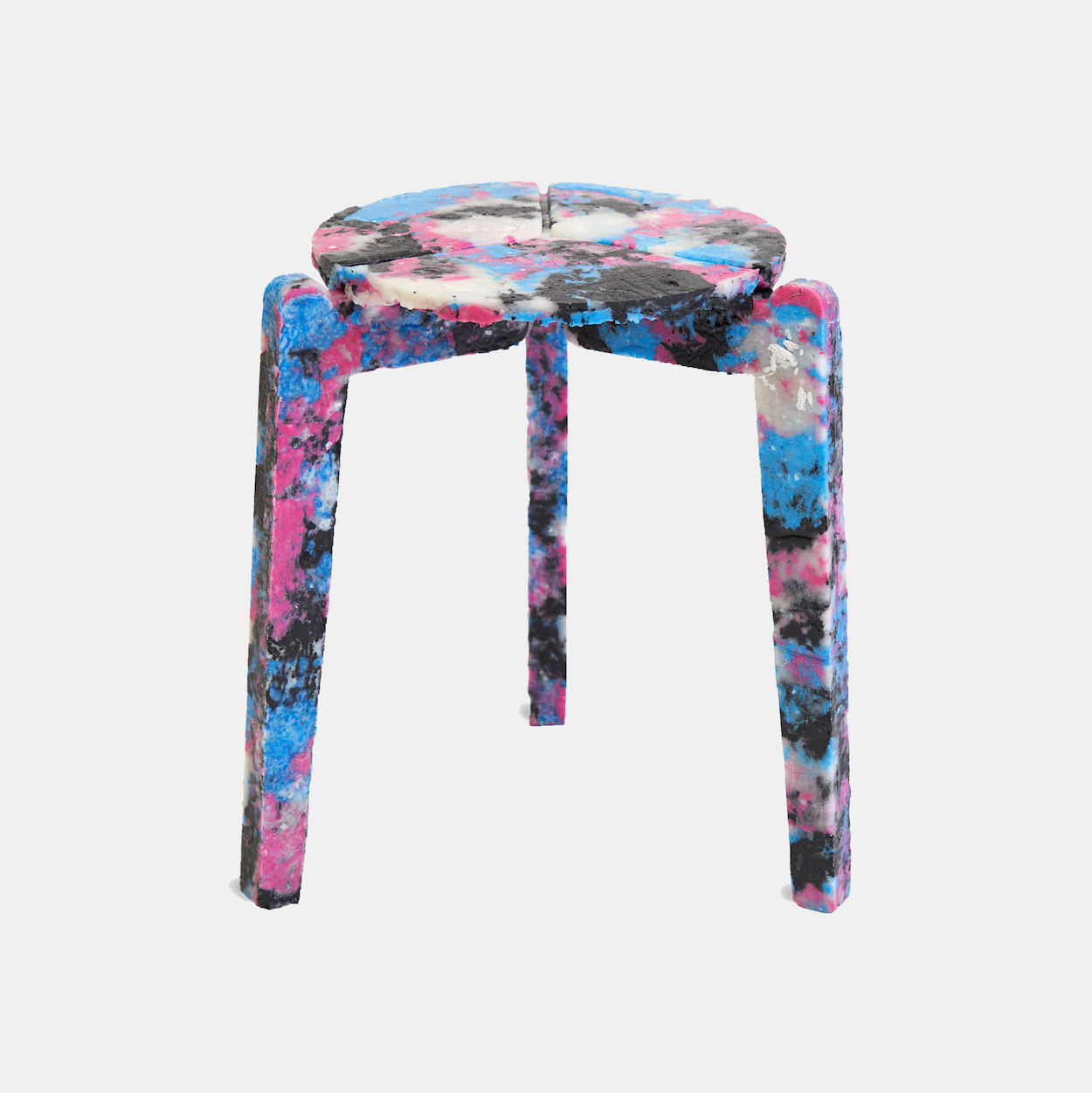The Design Dispatch offers expertly written and essential news from the design world crafted by our dedicated team. Think of it as your cheat sheet for the day in design delivered to your inbox before you’ve had your coffee. Subscribe now.
Have a news story our readers need to see? Submit it here.
Chicago unveils plans for a funhouse-like e-sports arena on the city’s Near South Side.
In a sign of the perpetually growing popularity of gaming, Chicago has unveiled designs for a $30 million,106,000-square-foot professional e-sports arena called Surge. Designed by local architecture and interiors firm KOO, the two-level structure will feature an IMAX-sized screen embedded in the facade and houses an arena with a global broadcasting center, stadium seating, and a stage where gamers will compete and interact with each other using state-of-the-art VR technology. From the promenade, visitors can witness the competitions on the aforementioned 35-by-85-foot vertical screen, which will be equipped with high-quality sound effects to enhance the viewing experience. If approved by the city council, the project will be slated for completion by 2022.
Amazon will invest $2 billion into affordable housing where it maintains employment hubs.
When Amazon announced plans to build a corporate headquarters in Long Island City, New York, detractors noted how the e-commerce giant’s presence would cause nearby housing costs to skyrocket, which helped defeat the project. Two years later, and the company is pledging to invest more than $2 billion into affordable housing where it maintains employment hubs. Over the next five years, Amazon will invest into Nashville, Arlington, and Seattle in the form of low-cost loans and grants to public agencies and minority-led housing organizations. Though other tech companies have recently made similar investments, housing advocates have noted they won’t move the needle much without widespread policy reform.
Germany develops an app that identifies looted cultural artifacts to prevent trafficking.
Germany has developed an app that enables law enforcement to work with international organizations to identify stolen cultural artifacts. A new prototype, KIKU, slated for trials by mid-2021, uses machine learning—a subset of AI—to identify objects in photographs and detect whether it may have been illegally ransacked or legitimately excavated. Using images captured by smartphones, the platform sends images to KIKU’s deep-learning network, which searches for similar artifacts and relevant archaeological information, including origin and date. This forms the initial basis to determine whether or not the object was looted. In a second stage, the app compares the item with databases of stolen cultural artifacts and sounds an alarm if there’s a match.


